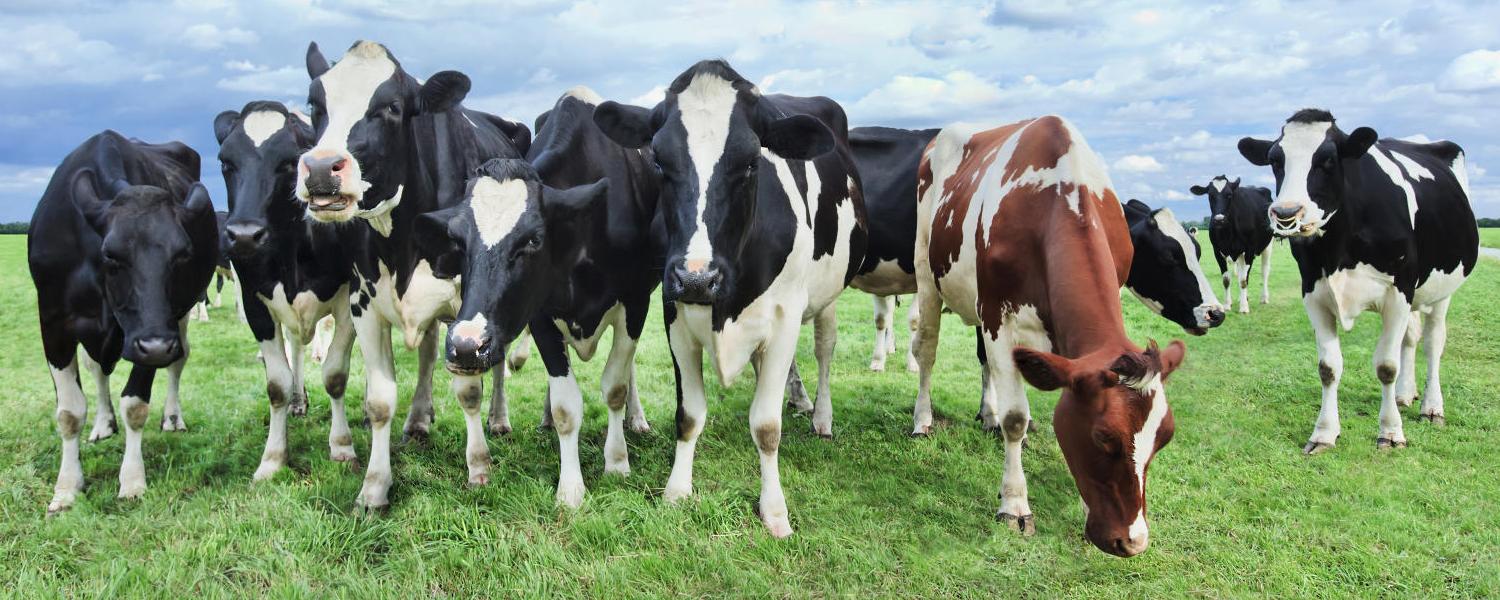Veterinary drug manufacturer tips for safe oxytetracycline injections
Veterinary drug manufacturer tips for safe oxytetracycline injections
Oxytetracycline injection helps treat bacterial infections in animals like cows and pigs. It can help with sicknesses like pneumonia and foot-rot. Veterinary drug manufacturers make sure the product is safe. They also follow rules for making medicine. The amount of medicine depends on how much the animal weighs:
|
Body Weight (lb) |
Dosage Volume at 9 mg/lb (mL) |
Dosage Volume at 3 mg/lb (mL) |
|
5 |
0.2 |
0.6 |
|
10 |
0.5 |
0.9 |
|
25 |
1.1 |
1.5 |
Key Takeaways
1. Oxytetracycline injections help treat many infections in animals like cattle, swine, sheep, goats, and horses. They help with breathing, skin, and urinary problems.
2. High-concentration oxytetracycline injections work longer. They lower the number of shots needed. This makes treatment easier and less stressful for animals.
3. Veterinary drug manufacturers follow strict rules to keep animals safe. They make sure the dose and storage are correct. This helps animals stay healthy and stops drug resistance.
Use Cases and Indications
Common Diseases
Oxytetracycline injection helps treat many bacterial infections in animals. It works on both Gram-positive and Gram-negative bacteria. Veterinarians use it for breathing problems, urinary tract infections, soft tissue, and skin infections. In cattle, oxytetracycline helps with pneumonia caused by Pasteurella multocida, Mannheimia haemolytica, and Histophilus somni. In pigs, it treats atrophic rhinitis, pneumonic pasteurellosis, and Mycoplasma infections. Horses get help from oxytetracycline for Potomac fever and other breathing or soft tissue infections. The drug also works for urinary tract infections and skin wounds in different livestock. Studies show oxytetracycline reaches good levels in tissues, like the uterus in cows with metritis. This helps cows recover and have better chances to reproduce. Because it spreads well in the body, oxytetracycline is good for treating infections in the lungs, urinary tract, and skin.
Note: Oxytetracycline’s broad-spectrum activity makes it very useful for stopping outbreaks of bacterial diseases on farms. But some bacteria can become resistant, so it is important to use it carefully.
Target Species
Oxytetracycline injection is allowed for use in many animal species. The main animals are cattle, swine, sheep, goats, and horses. In cattle and swine, it treats common breathing and soft tissue infections. Sheep and goats get oxytetracycline for brucellosis and other bacterial infections. Horses use it for Potomac fever and some limb problems in foals. Studies show oxytetracycline spreads well in dairy cows and goats, making it work well in these animals. Researchers have seen good results treating Brucella infections in sheep, goats, and cattle. This leads to less bacteria spread and fewer abortions. Even though oxytetracycline is not approved for every animal, veterinarians sometimes use it off-label in poultry, fish, shrimp, and honeybees because it works against many bacteria.
1. Cattle: Breathing, uterine, and soft tissue infections
2. Swine: Breathing and Mycoplasma infections
3. Sheep and Goats: Brucellosis, breathing, and soft tissue infections
4. Horses: Potomac fever, breathing, and limb problems in foals
5. Other species (off-label): Poultry, fish, shrimp, and honeybees
When to Use High-Concentration Injection
High-concentration oxytetracycline injections, like the 30% kind, have many benefits for veterinarians. These products last longer, so animals need fewer shots. This makes things easier, especially with big groups of animals where handling is hard. High-concentration injections are helpful when animals need steady antibiotic levels, like during bad breathing outbreaks or long-lasting infections. In dairy cows with uterine infections, high-concentration oxytetracycline gets to the right tissue levels and helps them get better and have healthy babies. Veterinarians may pick these types for animals that are hard to handle or when they want to lower stress. The long-lasting effect of 30% oxytetracycline keeps the drug in the body longer, lowers the chance of the infection coming back, and helps animals heal better.
Tip: Always read the label and talk to a veterinarian before using high-concentration oxytetracycline injections. Giving the right dose and using it the right way helps stop resistance and keeps animals safe.
Veterinary Drug Manufacturer Guidelines
Formulation Standards
A veterinary drug manufacturer must follow strict rules to keep oxytetracycline injection safe and working well. Reference standards from companies like Avantor help check the main ingredient’s identity and purity during making. Quality control tests make sure every batch meets the needed rules. The usual mix has oxytetracycline at 300 mg/mL, plus other things like magnesium oxide, pyrrolidone, sodium formaldehyde sulfoxylate, povidone, and water. The medicine is packed in glass bottles that hold 50ml, 100 mL.
|
Aspect |
Details |
|
Active Ingredient |
Oxytetracycline 300 mg/mL |
|
Inactive Ingredients |
Magnesium Oxide, Pyrrolidone, Sodium Formaldehyde Sulfoxylate, Povidone, Water |
|
Packaging |
Glass vials: 50mL, 100 mL |
|
Manufacturer |
Hebei Jinfeng Animal Pharmaceutical Co., Ltd. |
|
Storage Conditions |
20-25°C (68-77°F), excursions permitted 15-30°C (59-86°F) |
|
Usage Restrictions |
Veterinary use only; withdrawal periods for cattle and swine |
Stability tests show oxytetracycline stays good if kept at the right temperature and away from light. Heat or light can make the drug break down, so storage is very important. A veterinary drug manufacturer must watch storage closely, especially for strong types like 30% oxytetracycline injection. Good quality checks make sure each bottle gives the right strength and is safe.
Dosage and Administration
A veterinary drug manufacturer gives clear dose instructions for each animal. Studies in cattle show one shot under the skin of 20 mg/kg works well. Scientists check how the animal’s body reacts after the shot. Math tests prove this dose works. The table below shows the best doses:
|
Species |
Dosage Range (mg/kg) |
Route(s) |
Frequency |
|
Cattle (excluding veal) |
SC, IM, IV |
Every 24 hours for up to 4 days; also 20 mg/kg once SC or IM |
|
|
Swine |
6.6–11 (IM), 6.6 (IV) |
IM, IV |
IM every 24 hours; IV once |
Vets use IM, SC, or IV shots depending on the animal and sickness. Research says long-acting IM shots keep the drug in the body longer. This helps treat infections in cattle, goats, and dogs. IM shots are best for cattle because pills do not work well. The 30% oxytetracycline shot lasts longer, so animals need fewer shots and it is easier for big groups.
Tip: Always use the right shot type and dose for each animal. Sometimes slow IV shots are needed. Do not use IM shots in some cattle unless told by a vet.
Safety and Compliance
A veterinary drug manufacturer must always keep safety and rules first when making and selling the medicine. Training workers helps lower risks. Training has helped more workers know how to give safe shots, going from less than 1% to over 40%. Injuries from needles dropped from 25% to under 10% after training. More training, good supplies, and watching workers help keep safety high.
1. Workers should always use new needles and syringes.
2. Throw away needles and syringes the right way to stop injuries and germs.
3. All paperwork for each batch must be finished and correct.
Watching for side effects is very important. Veterinary drug manufacturers must give clear steps for spotting and telling about bad reactions. Checking and retraining keeps everyone safe. Strong oxytetracycline shots, like the 30% kind, need extra care for storage and handling. Tests show these shots work if stored right, but heat or light can make them weaker.
Note: Rule makers need full records for every step of making, packing, and shipping. Following these rules keeps animals safe and helps people trust veterinary drugs.
A veterinary drug manufacturer must care about safety and quality. They also need to follow the rules. High-concentration oxytetracycline injections work well and give steady doses. The table below shows important results:
|
Indicator |
Value/Result |
|
Recovery Rate |
98.09%–101.7% |
|
Compliance Rate |
59.57% |
Staff get training all the time. Strict rules help keep animals healthy.
FAQ
What is the withdrawal period for oxytetracycline injection in cattle and swine?
Cattle need to wait 28 days after getting the shot.
Swine also need to wait 28 days before they are safe.
Always check the label and follow local rules for waiting times.
Can oxytetracycline injection cause side effects in animals?
Animals might get swelling where the shot was given. They could stop eating or have diarrhea.
Call a veterinarian if these problems happen or do not go away.
How should manufacturers store high-concentration oxytetracycline injection?
Manufacturers must keep the product at 20–25°C (68–77°F). It should be kept away from light.
Storing it right helps the drug stay strong and work well.
Related News
contact us
contact us




